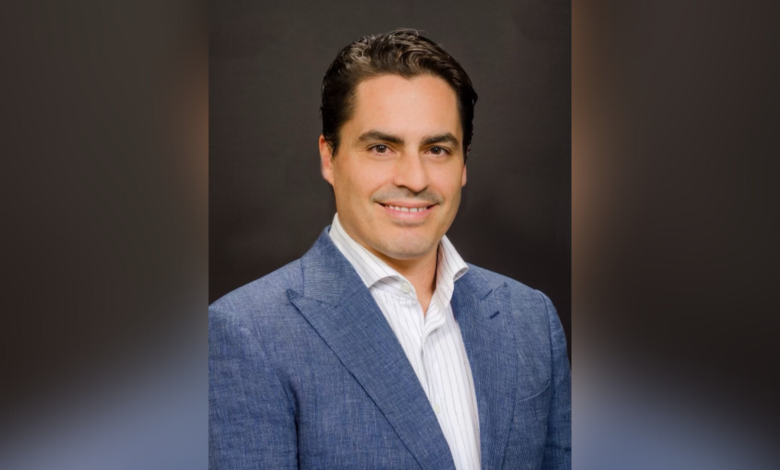Will ‘X’ Mark the Spot for Pharma Advertisers?

The implications of Twitter’s rebrand for healthcare marketing.
Is it finally happening? Can pharma advertisers and marketers finally get a little bit excited about Twitter/X again?
It’s been approximately 10 months since Elon Musk’s acquisition of Twitter for $44 million, and pharma marketers have weighed their options carefully during that time, exploring alternative options that will best serve their customers.
With Musk’s intention to clean up after the acquisition, especially in content moderation, Twitter should have served as a safe and effective space for pharma advertisers. But the “clean-up” was messy. When speaking with any advertiser in pharma during this period, the most common fear centered around content moderation. With Musk letting go of 50% of its existing Twitter workforce immediately, and up to an estimated total of 70% to 80% since the takeover, content moderation fell by the wayside.
To wit: who can forget the disaster in November 2022 with Eli Lilly, when a fake, blue-checked account announced to the world “insulin is free now,” putting a dent in Lilly’s reputation and tanking its stock price. The company has since recovered with its stock gaining more than $200 in the past year. It also cut insulin prices by 70% in March.
In the meantime, Meta converted its Instagram user base to Threads via easy sign-up. On July 10, Zuckerberg announced it had reached 100 million users just five days after launch. However, as of July 31, Threads’ daily active user count was down 82% from launch, according to Sensor Tower.When/whether Threads will incorporate advertising into its app remains to be seen, but there’s been talk of 2024. There’s little doubt that it will be built into Meta’s very powerful native platforms/ad manager. That said, ads don’t make people want to use an app, but Thread will certainly serve a purpose for advertisers.
As of July 23, we have the Twitter rebrand to X, but what’s changed? Will Twitter/X recover enough trust that conservative and regulated industries might feel comfortable with the platform’s direction to engage again?
Is the horse being put before the cart?
In July, X CEO Linda Yaccarino tweeted: “X will go further, transforming the global town square. X is the future state of unlimited interactivity—centered in audio, video, messaging, payments/banking—creating a global marketplace for ideas, goods, services, and opportunities.” The grand vision is to be an “everything app,” much like China’s WeChat. But different cultures, different laws—and US citizens are accustomed to their existing apps for, well, everything. For healthcare applications, one only needs to look to WeChat and dream…and/or have an Orwellian nightmare.
Twitter’s push to become an “everything app” is audacious, to say the least—designed to grow from a platform primarily monetized through advertising to a digital ecosystem indispensable to users’ daily lives with diversified and interconnected revenue streams. Advertising would certainly continue to play a large role. With a greater number of services integrated into the platform, X could gather more user data, enabling more targeted and effective advertising and ultimately command higher ad rates.
All clear, we promise!
In July, Yaccarino also tweeted: “Powered by AI, X will connect us all in ways we’re just beginning to imagine.” It’s interesting she mentioned AI because X rolled out a new content moderation feature called “sensitivity settings” in early August, using machine learning to reduce adjacency to varying levels of content according to a brand’s sensitivity threshold. In December 2022, the introduction of keyword and author-based “adjacency controls” laid the groundwork for concerned advertisers, though many still weren’t convinced.
Alexis Ohanian, co-founder of Reddit and no stranger to content moderation by any means, said recently on CNBC’s “Squawk Box,” “[Musk] has brought a shipping cadence to X that is formidable—something great software companies do relentlessly; they continue to improve the product. And even this latest innovation about letting advertisers choose the riskiness of content they want to be associated with—that’s a really clever product solution. It’s a way for advertisers to choose their own adventure in terms of tolerance.”
Trust. This maxim best sums up X’s current situation: “Trust is the easiest thing in the world to lose and [the] hardest thing in the world is to get it back.” Until then, advertisers will continue to explore developing avenues and push money to standards like Facebook/Instagram, TikTok, and the more expensive, yet pharma-friendly, LinkedIn, with its superior B2B targeting capabilities.
Source link
#Mark #Spot #Pharma #Advertisers